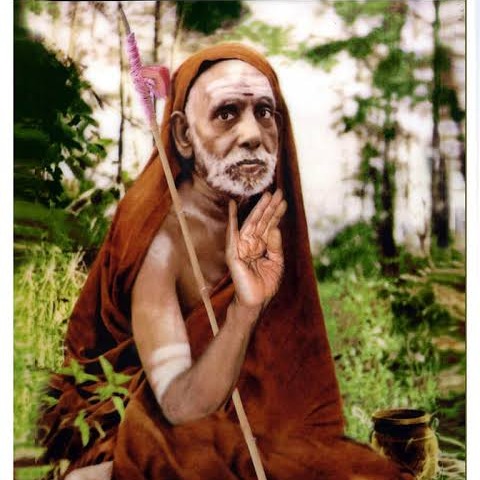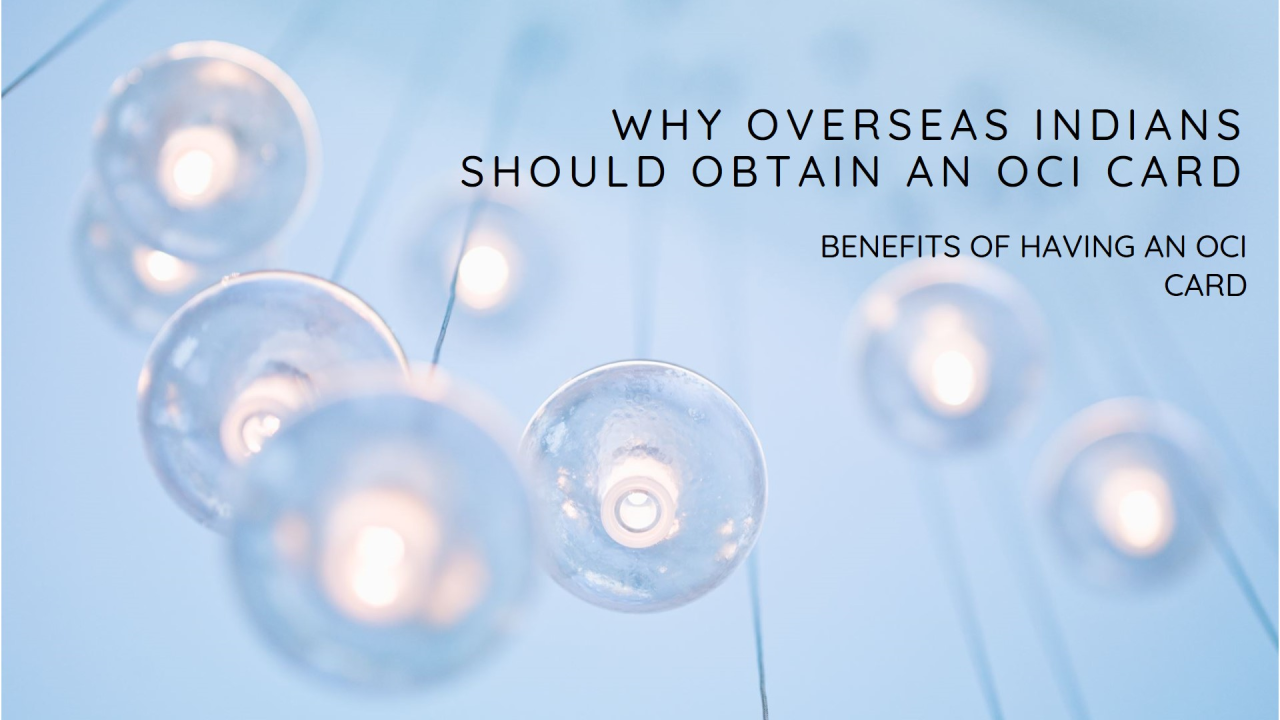After my initial move to the US in 1999, I tried moving back to India in 2010 but after 2 years moved back to the US full time. The lessons I learnt about myself and what works for me helped me plan my move better in 2021 at which point I decided on a mix and spend over half a year annually in India.
Inspite of reading multiple articles in various websites, I was left wondering if there is a single book that could help me make the choice. Some day, these articles will be converted into a book, but for now, these set of articles should be somewhat helpful for everyone in learning something about India and what some of their Indian origin colleagues/friends etc. might be dealing with.
I am writing this as a 10 part series, with Part 1 primarily being a 10,000 feet overview. Over the next few months, I will be dealing with the tiniest details of the move and all considerations. Along the way, I will be providing tips and even some choices from which you can choose, as an example, new car models, etc. based on what I come across.
As India’s Geopolitical strength continues to rise, in late 2024 or early 2025, I plan to start a company, which will be US based and will help companies and families with all aspects of the move (Residence scouting, school etc.) for a reasonable fee. It will also primarily help businesses based in the US with their India setup strategy and implementation. While there may be other companies doing this type of work, my childhood background and familiarity with almost every state in India along with my 25 year background in the US will be my key differentiator.
Part 1: Introduction
Moving to India from the United States can be an exciting and transformative experience, especially for individuals of Indian origin who are reconnecting with their roots or pursuing new opportunities in the motherland. This journey is not just a geographical relocation but also a profound cultural and emotional journey. The answer may be different for different people. I have gone through this process a couple of times before deciding that a mix of both the US and India works best for me, but there are many of you grappling with a similar choice.
This article is primarily for you to make an informed decision, no matter which choice you finally end up with, but with a little more bias towards those that are intending to make the move.
Why even consider moving back (Apart from family reasons)
Key Strengths:
The simplest answer here is that India is poised to become a future superpower. It has a strong economy, a large and young population, a rising middle class, a favorable investment environment, and strong strategic partnerships. With its GDP on projected Purchasing Power Parity (PPP) to overtake the United States by 2050, India is well on its way to becoming a major force in the global arena.
Strong economic growth
India has been one of the fastest-growing economies in the world in recent decades, with average GDP growth of over 7% per year. This growth is projected to continue in the coming years, with the IMF forecasting GDP growth of 6.8% in 2023 and 7% in 2024. This makes it the fastest growing economy in the G20, the most powerful geopolitical group in the world today.
Large and young population
India has a population of over 1.4 billion people, making it the second most populous country in the world (first per some recent UN reports). Its population is also relatively young, with a median age of 28.5 years. This large and young population gives India a significant advantage in terms of its workforce and consumer market.
Rising middle class
India’s middle class is growing rapidly, and is expected to reach over 500 million people by 2030. This growing middle class is driving domestic demand and consumption, and is also creating new investment opportunities.
Favorable investment environment
The Indian government has been taking steps to improve the investment environment in the country, by reducing bureaucracy and streamlining regulations. This is attracting more foreign direct investment (FDI) into India, which is helping to fuel its economic growth.
Strong strategic partnerships
India has strong strategic partnerships with major powers such as the United States, Japan, and Australia. These partnerships are helping India to strengthen its military and security capabilities, and are also boosting trade and investment.
GDP on Purchasing Power Parity (PPP)
GDP on PPP takes into account the different purchasing power of currencies in different countries. This means that it is a more accurate measure of the size of an economy than GDP at nominal exchange rates.
As stated earlier, in terms of GDP on PPP, India is already the third largest economy in the world (Projected to be 3rd by GDP (Nominal) as well by 2028). It is projected to overtake the United States to become the second largest economy by 2050 in PPP terms.
In addition to the factors mentioned above, India also has a number of other strengths that make it a potential superpower, including:
- A rich cultural heritage
- A strong democratic tradition
- A diverse and entrepreneurial workforce
- A growing technological sector
- A strategic location in the Indian Ocean
These strengths, combined with India’s economic growth and rising global influence, suggest that it is poised to play a leading role in the world in the years to come.
Key Weaknesses
As stated above, India is a rising power with the potential to become a superpower in the coming decades. However, there are a number of major weaknesses that it needs to address in order to achieve this goal.
Poverty and inequality
India is still a developing country, with a large percentage of the population living in poverty. This is a major constraint on economic growth and social development. Additionally, while there has been an incredible growth in the middle class, India has a high level of inequality, with a small number of wealthy individuals controlling a large share of the country’s wealth.
Infrastructure deficit
India’s infrastructure, such as roads, railways, and power grids, is still underdeveloped. This makes it difficult to transport goods and people efficiently, and also constrains economic growth.
Education system
India’s education system is also in need of improvement. The quality of education varies widely across the country, and there is a high dropout rate. This limits the skills of the workforce and makes it difficult for India to compete in the global economy.
Corruption
Corruption is a major problem in India. It undermines the rule of law and makes it difficult to do business. It also diverts resources away from essential public services.
Security challenges
India faces a number of security challenges, including border disputes with China and Pakistan, and the threat of terrorism. These challenges divert resources away from economic development and social welfare.
Geopolitical challenges
India is located in a volatile region, with a number of rival powers vying for influence. This makes it difficult for India to pursue its own strategic interests.
Addressing these weaknesses
The good news is that the Indian government is aware of these challenges and is taking steps to address them. For example, it is investing heavily in infrastructure and education. It is also taking steps to reduce corruption and improve security.
However, it will take time and sustained effort to overcome these weaknesses. If India is successful in doing so, it will be well on its way to becoming a superpower.
India also faces a number of other challenges, including:
- Gender inequality
- Environmental degradation
- Climate change
- Rural-urban divide
- Brain drain
These challenges will need to be addressed in order for India to reach its full potential.
Given all the above, Should you move to India?
This article may highlight aspects which are helpful. Before packing your bags and booking your one-way ticket, thorough research and preparation are crucial.
To help you navigate this transition successfully, here’s a preliminary guide to assist you in your move to India.
A. Research and Preparation
Consider the following:
- Legalities: Verify your eligibility for an Overseas Citizen of India (OCI) or Person of Indian Origin (PIO) card, which offers several benefits to individuals of Indian origin.
- Visa and Residency: Ensure you have the appropriate visa to live and work in India. The type of visa you require will depend on your intended length of stay and purpose.
- Healthcare: Investigate healthcare options in your chosen city. Health insurance coverage, immunizations, and access to quality medical care are vital.
- Financial Planning: Set up local bank accounts and consider currency exchange options. Familiarize yourself with India’s tax laws, and plan your finances accordingly.
- Location: Choosing the right place to live in India is an important decision. Consider factors like location, budget, and amenities. Many major cities like Mumbai, Delhi, Bangalore, and Chennai offer a variety of housing options, from apartments to houses and gated communities.
- Navigating the Indian Job Market: If you plan to work in India, start your job search early. Research potential employers and industries. Networking can be extremely helpful in India, so use online platforms and local connections to explore opportunities. Additionally, familiarize yourself with labor laws and employment contracts to ensure your rights and benefits are protected.Remote work is also an option and is a mix of staying in the US and India during different times in a year. This is the option that worked for me.
- Culture Shock and Adaptation: The Indian culture is rich, diverse, and complex. Your personal journey will be defined by how well you adapt to it. Here are a few tips for a smoother transition:
- Language: Learning a few basic phrases in the local language can be immensely helpful. English is widely spoken, but regional languages dominate in many areas.
- Social Etiquette: Be prepared for a more communal society with strong family bonds. Understanding local customs and traditions is essential to build meaningful relationships.
- Food: Indian cuisine varies greatly by region, so embrace the opportunity to explore diverse flavors. Be mindful of local hygiene practices and water sources to avoid foodborne illnesses.
- Traffic and Infrastructure: Indian traffic can be chaotic, and public infrastructure may not be as developed as in the US. Patience and adaptability are key. I don’t drive in India but drivers are cheap so getting a personal driver may work best.
- Healthcare and Education: Ensure you have access to quality healthcare facilities and schools for your family, if applicable. India offers a wide range of medical services, but quality can vary, so research healthcare providers carefully. For education, private and international schools are popular among expatriates.
- Safety and Security: Like any country, India has its own set of safety concerns. Stay informed about the local security situation, be vigilant, and follow the advice of local authorities and expat communities.
- Maintaining Dual Citizenship: It’s important to be aware that India does not allow dual citizenship. If you’re considering relinquishing your US citizenship, consult a legal expert to understand the implications and consequences of such a decision.
Therefore, moving to India from the US as a person of Indian origin is a life-changing experience that comes with both challenges and rewards. By conducting thorough research, careful planning, and maintaining an open mind, you can make the transition more manageable and enjoy all that India has to offer in terms of culture, history, and opportunities. The next article will focus on one of the various elements discussed above in more detail. If you have a specfic area which you want me to start with, do let me know.


